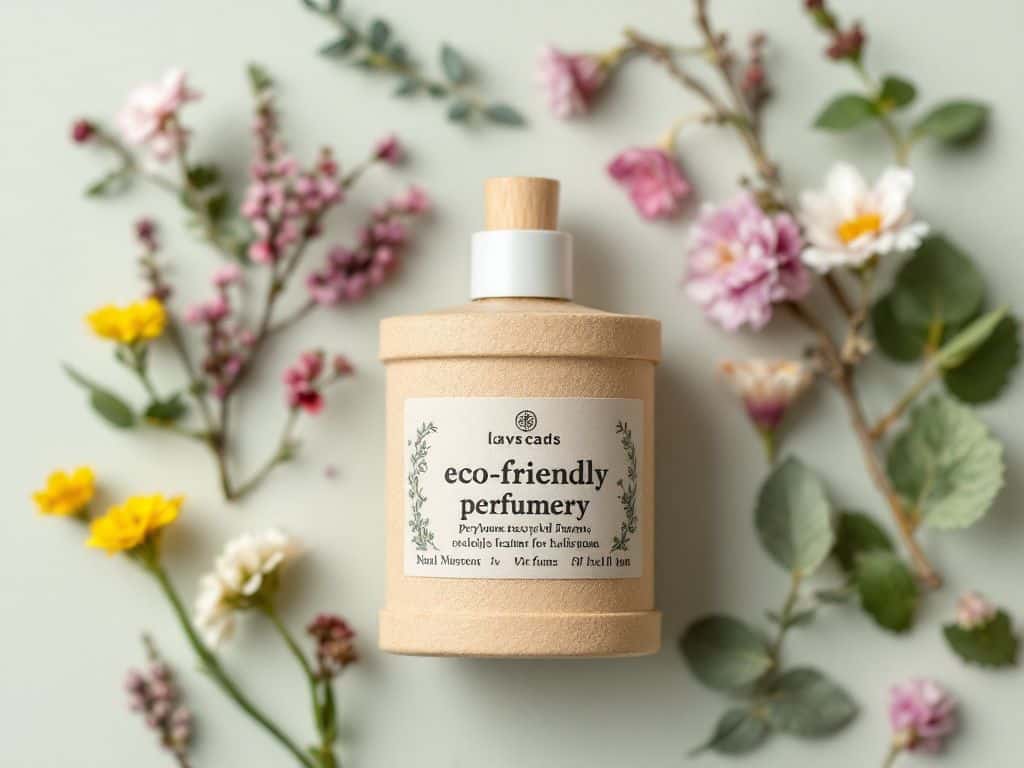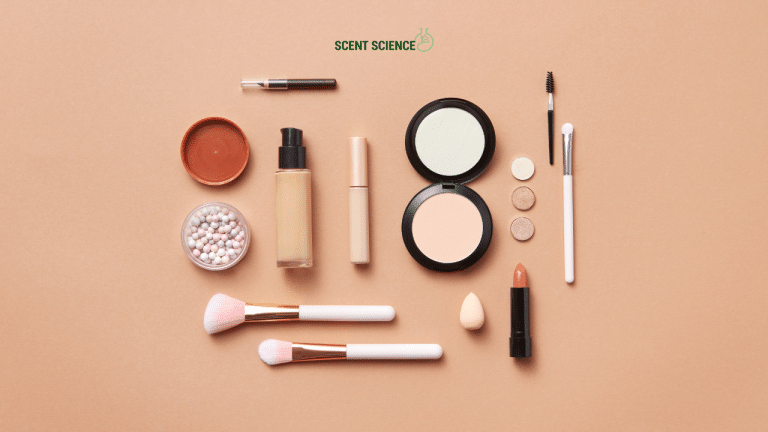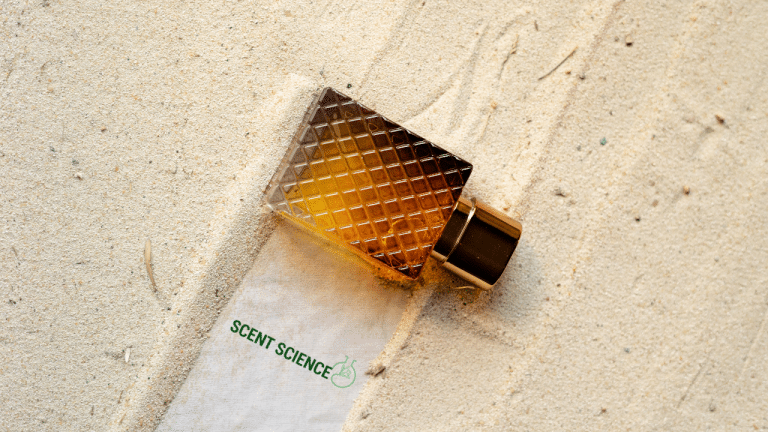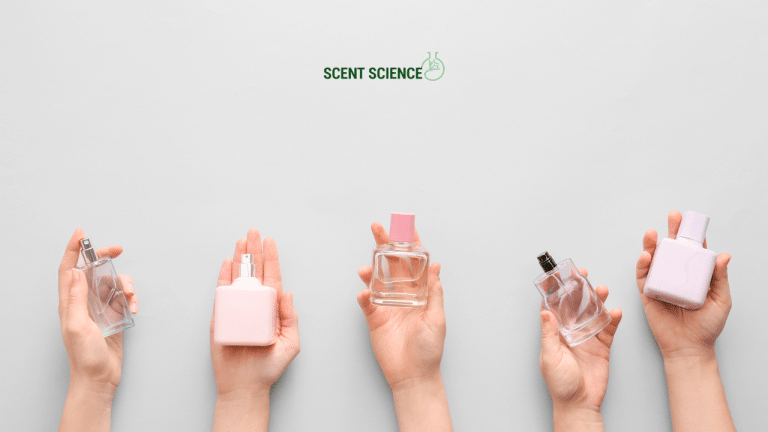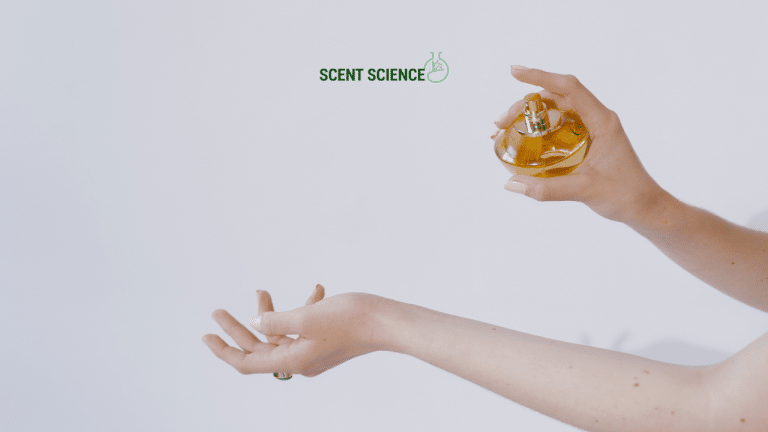Hey there! So, let’s dive into something that’s been on my mind a lot recently: sustainability, specifically when it comes to something as delicate and personal as our choice of fragrances. Ever considered how eco-friendly your perfume is? Yeah, I had the same moment of pause and surprise! But let me tell you, understanding sustainable ingredient science isn’t just another box to tick. It’s a journey worth taking—for ourselves and our planet.
Table of Contents
ToggleWhy Fragrance Matters
Fragrance has a magical way of influencing our mood, boosting our confidence, and cementing memories. But what if the fresh scent you love comes at a steep cost to the environment? Conventional perfumes often hide a cocktail of synthetic compounds, many derived from petrochemicals. They’ve got a massive carbon footprint and worse, many of them don’t degrade easily. Yikes, right?
But don’t worry, there’s good news! The world of sustainable ingredient nstead, lefers hope. And no, you won’t have to give up your beloved scents. Instead, let’s explore how we can make more environmentally friendly choices.
The Science Behind Eco-Friendly Perfume
It’s quite fascinating—think of eco-friendly perfume like a recipe where you focus on pure and responsibly-sourced ingredients. Sustainable fragrances use natural extracts, essential oils, and alcohol derived from sustainable materials. They aim to craft scents that are kind both to you and the earth.
Natural vs. Synthetic—The Big Debate
We’re dealing with two camps here: natural and synthetic ingredients. Most conventional perfumes are synthetic, reproducing nature’s scents without actually extracting them from the source, which can harm ecosystems. Sure, it’s sometimes necessary to create synthetics to mimic endangered flower scents, but are they always better than natural ingredients? Not necessarily.
Eco-friendly perfumes often reach for the stars by blending the best of nature and man’s ingenuity with botanical extracts while developing new, eco-friendly synthetics that have smaller ecological footprints. For instance, using lab-created accords that don’t harm endangered species is a fantastic feat of science.

Sustainable Materials for the Win
**Here’s What Sustainable Brands Do Differently**
Think about this: If the raw materials are knowingly or unknowingly causing harm, future generations won’t have these resources. That’s where sustainability steps in. Perfume brands sticking to sustainability have redefined beauty with thoughtful choices. They choose ingredients that don’t strip ecosystems bare and partner with communities to harvest ingredients in ways that foster regeneration.
Sustainable Ingredients Popular in Eco-Friendly Scents
- Plant-based Alcohol: Birch sap or sugarcane-derived alcohols are obvious winners. They’re renewable and significantly reduce the impact of synthetic alcohols made from oil that’s way harder on the planet.
- Natural Essential Oils: These oils do wonders. Farmers harvest flowers, fruits, and herbs using ethical methods, offering fragrances that leave a smaller environmental mark. Think lavender, lemon, and bergamot all organically farmed and totally charming!
- Biotechnology: Imagine labs as modern magical gardens. Biotech remains key here, using microbes to recreate pheromones and natural scents such as vanilla, sustainably replicating scents without synthetic creations or overharvesting.
Eco-friendly Perfume: Ingredients Breakdown
| Ingredient | Source Type | Environmental Impact |
|---|---|---|
| Alcohol | Plant-based | Low |
| Essential Oils | Organic plants | Moderate when sustainably sourced |
| Lab-made Accords | Synthesized | Low, when designed responsibly |
Finding Your Eco-Friendly Signature Scent

Ready to find your signature eco-friendly perfume? Start by understanding what notes and combinations pleasantly tantalize your senses. Transitioning can be daunting but pay attention to what sparks joy.
**Step-by-step to Your Eco-friendly Fragrance**
- Research Brands: Look into brands that vow transparency in ingredients and production. They’ll list components upfront. Bonus if they contribute to reforestation or pollinator-friendly farming!
- Test Before You Invest: Sniff your way through samples. Apiaries, boutiques, or online greenery havens often offer sampling sets—you get to try before fully committing.
- Packaging Matters: Opt for refillable options or packages made from recycled material keeping pace with zero-waste goals. Bonus points for easily compostable packaging!
- Consider Longevity and Application: Test wear-times and consider the different forms. Solid perfumes or roll-ons usually last longer, require less packaging, and feel delightfully personal.
- 5. **Support Ethical and Local Supply Chains: Responsible sourcing prevents exploitation, aligns scents with moral tones and assists in asserting fragrance eco-footprints stay lovely and light.
Oh, and don’t rush it—finding the perfect sustainable perfume is as personal as your sense of humor. A good one takes time to craft, smell, and fall in love with.
Common Pitfalls to Avoid
Okay—quick sidebar—don’t fall into the common trap of simply picking the label that screams “natural.” Not all that’s green is truly eco-friendly. Here’s what to watch out for:

- Greenwashing: Some brands label themselves natural just to jump on the green bandwagon with little substantiation—call for clarity!
- Limited Understanding: Just because it’s natural doesn’t mean it’s sustainable if the harvest process isn’t sound. Ensure to dig into the gardening practices and choose brands rooted in true ecological.
The Bigger Picture: Awareness Leads to Change
Community-Sourced Sustainability
Let’s face it—creating truly sustainable perfumes is complex, involving complete production chain introspection and shiny, novel tech advances. What’s the golden ticket, then? It’s collaborative knowledge! Consumers, industries, and local communities joining forces to uphold harmonious, eco-friendly practices.
**For Consumers**: The power of choice is a mighty sword. Awareness leads to demand, prompting sectors to rethink supply chain practices.
**For Brands**: Stepping up sustainable measures paves way for genuine contributions to biodiversity, ensuring resources remain abundant and shared.
Takeaway: Choosing Eco-friendly Makes Scent!
I gotta admit, there’s deep satisfaction in complementing personal style with eco-kindness. Making that spectrum leap into eco-friendly fragrances is like indie film amidst Hollywood: rich, diverse, uniquely personal, and reveling in layers of conscious luxury. Sustainable ingredients signify commitment—not just to scent but to continued respect, reverence, and honest care for our fragrant world.
So go on, explore in tune with conscious wisdom. Splashing eco-kind options let you flaunt sensibility wrapped in aromatic allure.
Remember, every bottle, twig, and petal contributes, stitching together the larger quilt of environmental dedication. Keep ears peeled, educate frequently, and taste test until greatness wafts through tiny ribbons of kind-hearted responsibility warming your day-to-day narrative. Change, you see, smells terrifically empowering! Now, it’s your time to be a swooning, sustainable symphony lingering with eco-friendly perfume promises!
Frequently Asked Questions
What are the key ingredients in eco-friendly perfumes?
Eco-friendly perfumes typically use natural ingredients such as essential oils, plant extracts, and organic compounds. These ingredients are often sourced sustainably and include items like lavender, rose, and sandalwood essential oils, as well as natural alcohols and organic carrier oils[2][3][4).
How do eco-friendly perfumes benefit the environment?
Eco-friendly perfumes reduce the environmental impact by minimizing the use of synthetic chemicals derived from petrochemicals, which are major sources of greenhouse gas emissions. They also reduce pollution, conserve non-renewable resources, and support biodiversity by using sustainable sourcing methods and eco-conscious packaging[1][3][5).
What health benefits do eco-friendly perfumes offer compared to traditional perfumes?
Eco-friendly perfumes are healthier for consumers as they avoid the use of harmful chemicals like phthalates and synthetic musk, which can disrupt hormonal balance and lead to various health issues. Natural ingredients in eco-friendly perfumes are gentler on the skin and offer therapeutic properties that promote mental and physical health[2][3][5).
How do eco-friendly perfumes support ethical practices?
Eco-friendly perfumes support ethical practices by ensuring cruelty-free production, avoiding animal-derived ingredients, and promoting fair trade policies. They also prioritize sustainable sourcing of raw materials, preventing overharvesting of rare natural sources and supporting local communities[1][3][4).
References
